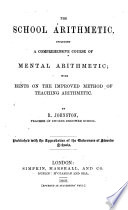 | Robert Johnston (F.R.G.S.) - 1860 - 188 pages
...means (t) and 10) ; the first and fourth, extremes (15 and 6). When four numbers form a proportion, The product of the means is equal to the product of the extremes. Thus, 6 : 3 : : 8 : 4 ; here, 6X4, the extremes, =8X3, the means, = 24. 156. If the product of any... | |
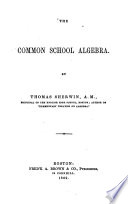 | Thomas Sherwin - 1862 - 252 pages
...d, we have ad=bc. But a and d are the extremes, and 6 and c are the means. Hence, In any proportion, the product of the means is equal to the product of the extremes. (n). Suppose we have the equation ad—be. If we divide both members by 6 and d, we have — = —,... | |
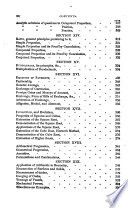 | James Bates Thomson - Arithmetic - 1862 - 436 pages
...work is right. (Art. 500.) Demmatratian. -If four numbers are proportional, we have seen that th« product of the means is equal to the product of the extremes ; (Art. 498 ;} therefore the prxiict of the second and third terms must be equal to that of the first... | |
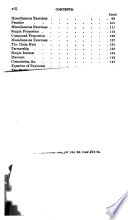 | Robert Johnston (F.R.G.S.) - 1863 - 254 pages
...called means (9 and 10); the first and fourth extremes (15 and 6). When four numbers form a proportion, the product of the means is equal to the product of the extremes. Thus, 6 : 3 : : 8 : 4 ; here, 6x4, the extremes, = 8x3, the means, = 24. If the product of any two... | |
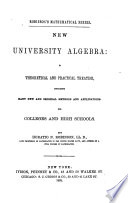 | Horatio Nelson Robinson - Algebra - 1863 - 432 pages
...the extremes is equal to the square of the mean. 2d. When four terms are in geometrical progression, the product of the means is equal to the product of the extremes. APPLICATION OF THE FORMULAS. 364. The two primitive equations, ,««. ,given, the other two may be... | |
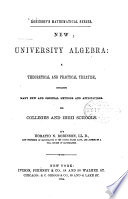 | Horatio Nelson Robinson - Algebra - 1864 - 444 pages
...the. extremes is equal to the square of the mean. 2d. When four terms are in geometrical progression, the product of the means is equal to the product of the extremes. APPLICATION OF THE FOKMULAS. 364. The two primitive equations, contain the five quantities, a, r, l,... | |
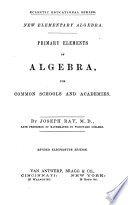 | Joseph Ray - Algebra - 1866 - 250 pages
...then, 55 — £= the other. By the question, x : 55 — x : : 2 : 3. Then, since, in every proportion, the product of the means is equal to the product of the extremes, we have 3a;=2(55 — 2)=110 — 2x. 5z=110 3=22, and 55— 3=33, as before. Or, thus : Let x= one part;... | |
 | Joseph Ray - Algebra - 1866 - 420 pages
...Let 3a;= the first, and 5x= the second number. Then, 3a;+9 : 5z+9 : : 6 : 7. But in every proportion, the product of the means is equal to the product of the extremes. (RAY'S ARITH., 3d Book, Art. 200.) Hence, 6(5a;+9)=7(3a;+9). From which the answer is readily found.... | |
 | Joseph Ray - Algebra - 1866 - 252 pages
...then, 55 — x= the other. By the question, x : 55 — x : : 2 : 3. Then, since, in every proportion, the product of the means is equal to the product of the extremes, we have 3x=2(55 — x)=H0 — 2x. 5z=110 3x Or, thus : Let x= one part; then, -^-= the other. ' ' I'... | |
 | Robert Robinson (inspector of national sch, Ireland.) - 1867 - 384 pages
...leads to the least misconception of what is really stated, and forms the best test of its accuracy. The product of the means is equal to the product of the extremes. Those who know that the expressions 3 : 4 : : 6 : 8 and are equivalent, and who understand some little... | |
| |